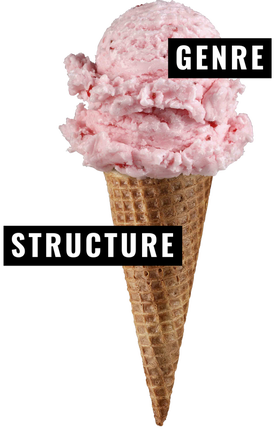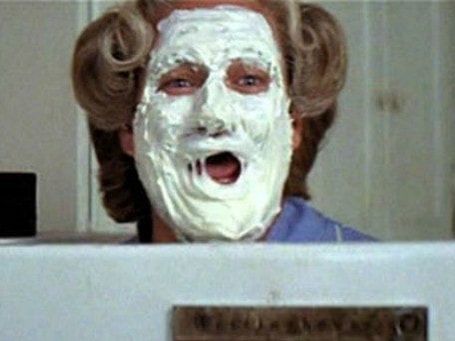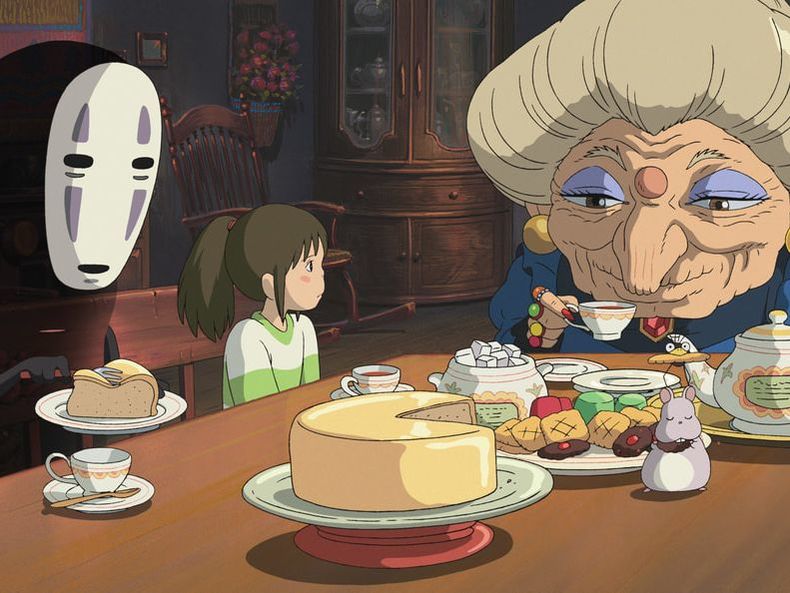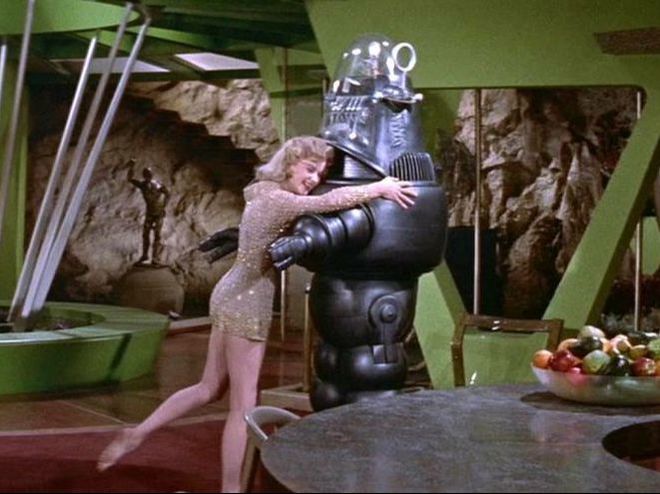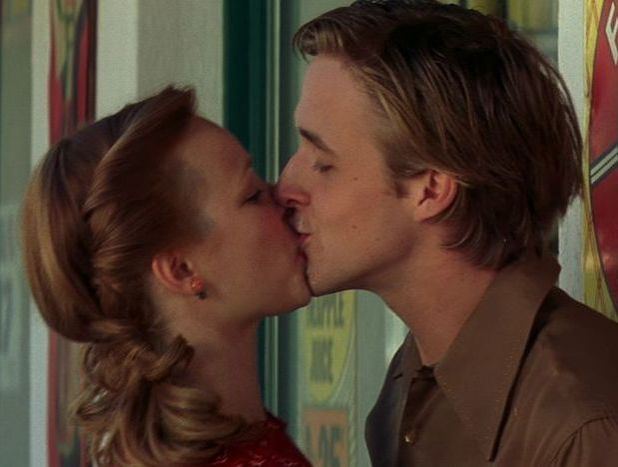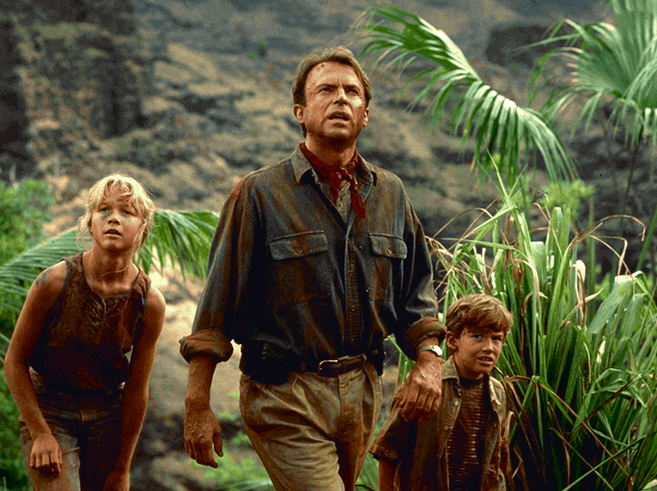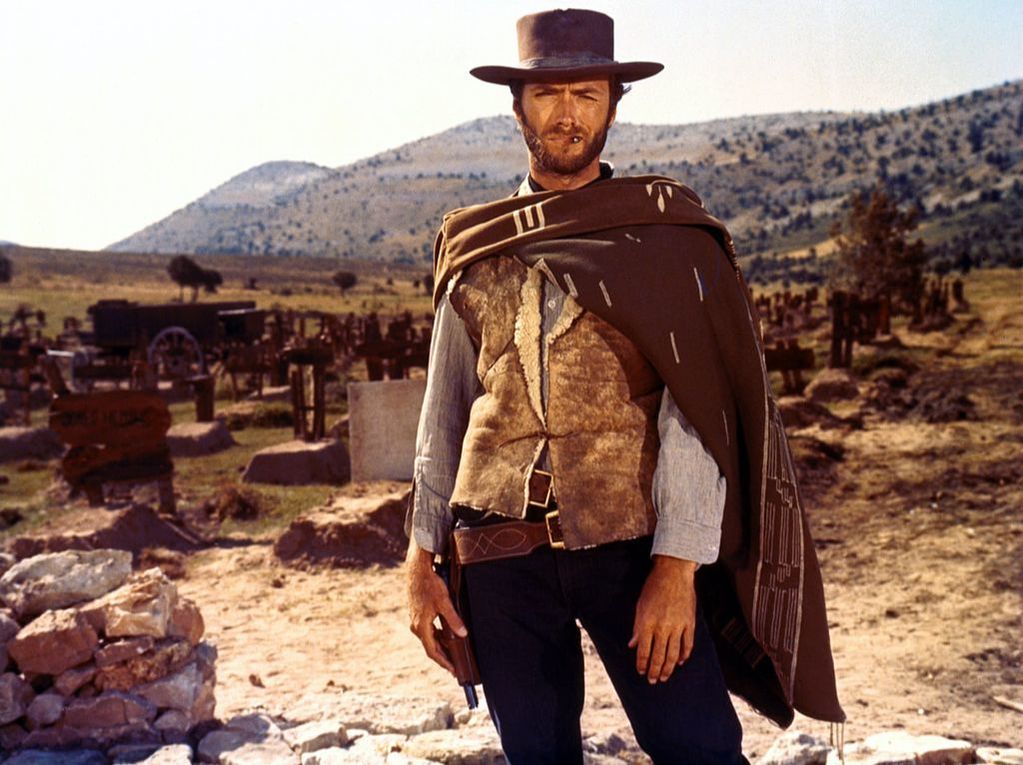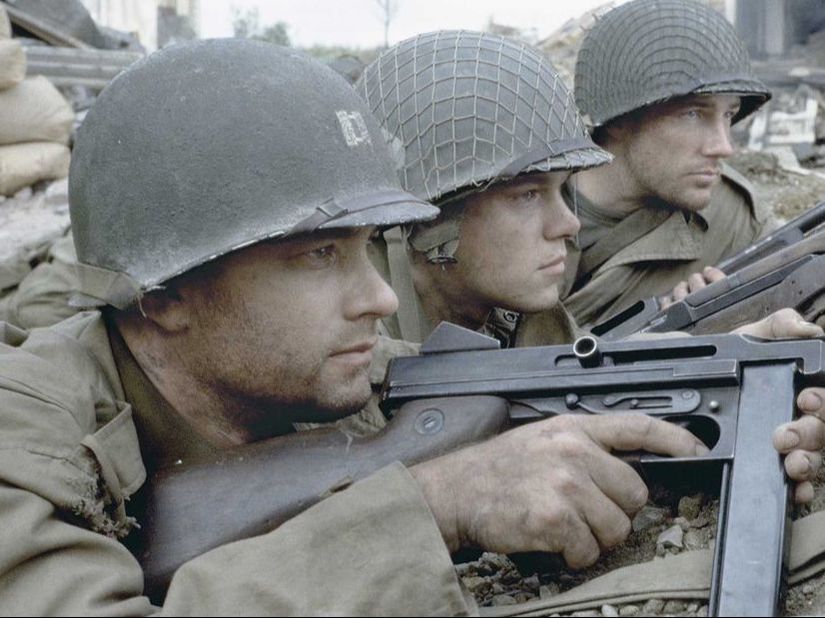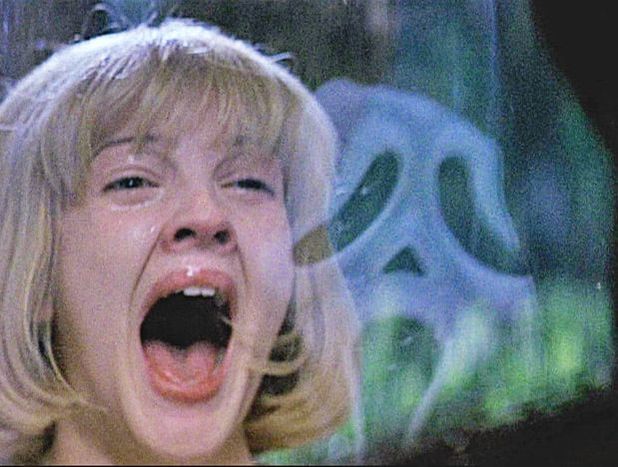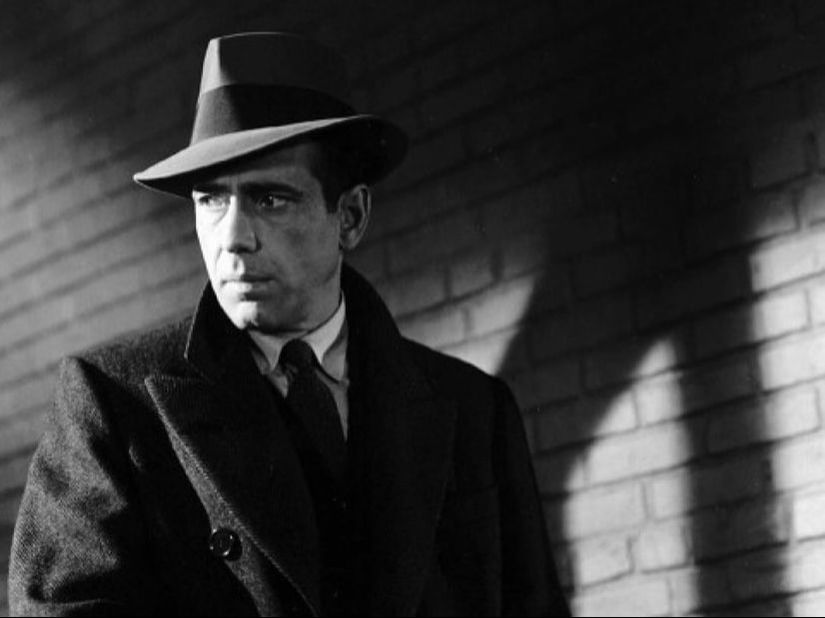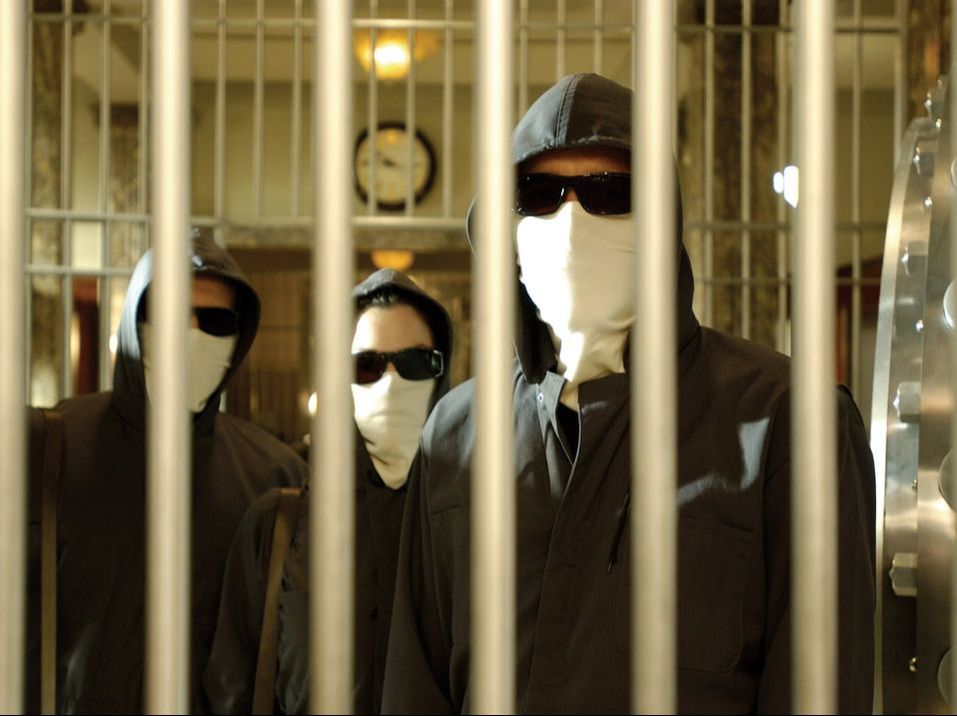We classify texts into similar categories using three different methods: genre, structure, and fictive character.
- Genre is a classification of texts with similar tropes, plot patterns, and character conflicts.
- Structure is a classification based on formal strictures or textual syntax and text delivery.
- Fictive character is classified on how true to real life a text is.
CONFUSED? Let's talk ice cream
Just like love is like a red, red rose and ogres are like onions, texts are like ice cream. They are carefully prepared and served up in all sorts of different ways. Everyone has their favorite flavors and mix-ins, and when prepared without care, it's just a big ol' mess.
|
In the scenario, GENRE would be the flavor of ice cream. Strawberry, chocolate, and vanilla all taste different, and when we're about to eat rocky road ice cream, we prepare our mouths for a different experience than if we were about to eat mint ice cream. Just as different people prefer different flavors, different readers prefer different genres based on the idea of catharsis it provides.
Catharsis is the nice, Zen-like feeling we get by releasing our built-up emotions. According to Aristotle, a person who never vented their emotions would become psychologically unhealthy, leading to either a breakdown or a blow-up. This is why humans make and enjoy art, as being emotionally moved by a novel, song, play, movie, poem, or painting can release emotions in a healthy, controlled way. So what do genres have to do with catharsis? Everything. Texts are sorted into genres based on what emotions they are meant to release. For example, someone who wants to experience joy will go for comedy while someone who wants to deal with their fear will dive into horror. Note that genre is defined by what emotions are supposed to be engaged--genre is not a perfect process. Some people have different reactions to genre based on their own background, like the guy who laughs at the same slasher movie that gives his sister nightmares. Often, a text can be blend of different genres (like a double flavor swirl of ice cream) or narrow into specific subgenres (like how vanilla bean is a more specific type of vanilla). This makes it seem like there are a ton of genres, but there are actually only twelve. |
Before diving into the twelve genres, we need to touch on ways texts are classified that are not genre. The way the ice cream is served (in a bowl, on a cone, straight out of the carton, etc) has nothing to do with the flavor. Similarly, a text's structure has nothing to do with the genre. Structures that are commonly confused with genres are drama, essay, informational texts, poetry, and mythology. Find out more about structure here.
Flavor also has nothing to do with how "true" the ice cream is-- I can have strawberry ice cream with real chunks of fruit, artificially flavored strawberry ice cream, strawberry soft serve, or even strawberry ice-cream wannabes like frozen yogurt, gelato, or sherbert. Similarly, genre is not the same as fictive character. Fiction and nonfiction are not genres, though they may tie to some subgenres like historical fiction and true crime.
Flavor also has nothing to do with how "true" the ice cream is-- I can have strawberry ice cream with real chunks of fruit, artificially flavored strawberry ice cream, strawberry soft serve, or even strawberry ice-cream wannabes like frozen yogurt, gelato, or sherbert. Similarly, genre is not the same as fictive character. Fiction and nonfiction are not genres, though they may tie to some subgenres like historical fiction and true crime.
With that out of the way, let's focus on the twelve genres.
COMEDY: make the audience laugh |
TRAGEDY: make the audience cry |
ROMANCE: make the audience feel love |
HORROR: make the audience feel fear |
FANTASY: make the audience amazed |
SCIENCE FICTION: make the audience concerned |
MYSTERY: make the audience curious |
CRIME: make the audience anxious |
WESTERN: make the audience feel empowered |
WAR: make the audience feel obligated |
QUESTS FOR ADVENTURE: make the audience feel special and important |
SLICE OF LIFE: make the audience feel introspective and relaxed |
Take a good look at the chart. The genres and cathartic goals on the left side are considered more uplifting emotions and those on the right are more somber emotions. Both types of emotions are needed to help people deal with the positive and negative experiences of life. The genres are also listed on the chart based on their opposite genre. For example, there are plenty of seriocomedies with both comedic moments and tragic moments, but since they are opposites, the reader can't feel both at the same time. The same goes for mystery and crime: while a novel like In Cold Blood follows the detectives (the focus of mystery) and the culprits (the focus of crime), it bounces between these two genres instead of blending them. Texts do this to make the catharsis hit harder by going from one extreme to another. This is why slasher movies have the teens making out in the woods (romance) before being stabbed to death (horror).
While it may seem to some readers that a lot of genres are missing, most other "genres" are actually subgenres. Where's the spy genre? It's a subgenre of mystery. What about sports? It's actually a subgenre of war (think about it--two sides, a battle, a band of brothers). Biography? This is typically a type of slice of life unless it specifically covers something like someone's marriage (romance) or their experiences in leadership or politics (quest). Nonfiction? Looks like you skipped the paragraphs under the picture of the ice cream cone because that's not a genre (though most reference texts about the real world are slice of life).
Yet the chart does seem to be missing four major genres: escapism, suspense (sometimes called thrillers), action, and drama. These aren't genres or even subgenres: they're supergenres. These four supergenre categories include three genres that all accomplish the same goal by engaging different emotions or relying on different tropes. A trope is a literary device that defines a genre or subgenre through its consistent use. For example, a romance employs the trope of true love's kiss (enduring love) while horror sees everyone split up (isolation). A trope can be a character type, a motif, a setting, a plot event, or even a cliché, just as long as it has near universal use in the genre.
So let's get into these genres. Below are the twelve genres organized by their supergenre with a brief description of what defines a genre. Each genre also has a link to its own article with a full list of tropes that define the genre and a list of common subgenres.
While it may seem to some readers that a lot of genres are missing, most other "genres" are actually subgenres. Where's the spy genre? It's a subgenre of mystery. What about sports? It's actually a subgenre of war (think about it--two sides, a battle, a band of brothers). Biography? This is typically a type of slice of life unless it specifically covers something like someone's marriage (romance) or their experiences in leadership or politics (quest). Nonfiction? Looks like you skipped the paragraphs under the picture of the ice cream cone because that's not a genre (though most reference texts about the real world are slice of life).
Yet the chart does seem to be missing four major genres: escapism, suspense (sometimes called thrillers), action, and drama. These aren't genres or even subgenres: they're supergenres. These four supergenre categories include three genres that all accomplish the same goal by engaging different emotions or relying on different tropes. A trope is a literary device that defines a genre or subgenre through its consistent use. For example, a romance employs the trope of true love's kiss (enduring love) while horror sees everyone split up (isolation). A trope can be a character type, a motif, a setting, a plot event, or even a cliché, just as long as it has near universal use in the genre.
So let's get into these genres. Below are the twelve genres organized by their supergenre with a brief description of what defines a genre. Each genre also has a link to its own article with a full list of tropes that define the genre and a list of common subgenres.
GENRES OF ESCAPE
Comedy
|
Fantasy
|
Science Fiction
|
GENRES OF DRAMA
Tragedy
|
Romance
|
Slice of Life
|
GENRES OF ACTION
Quest for Adventure
|
Western
|
War
|
GENRES OF SUSPENSE
Horror
|
Mystery
|
Crime
|
CITATION: Coon, Brandon. "Genre." CoonWriting: Basics. CoonWriting, 20 June 2022, coonwriting.com/genre
